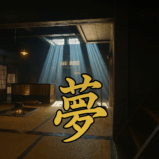Visited: April 29, 2025
On the way from Osaka to Kyoto, I got off the train at Takatsuki on a whim — drawn by a local B-grade gourmet dish I’d been curious about for a while.
Known as the city of shogi — Japanese chess — it greeted me with charming sights, a few quirky discoveries,
and an unexpected encounter with a traditional festival.
That small stopover became a memorable page in my journey.
🏯 Strolling Around Hankyu Takatsuki-shi Station — The Shogi Post and a Playful Vending Machine
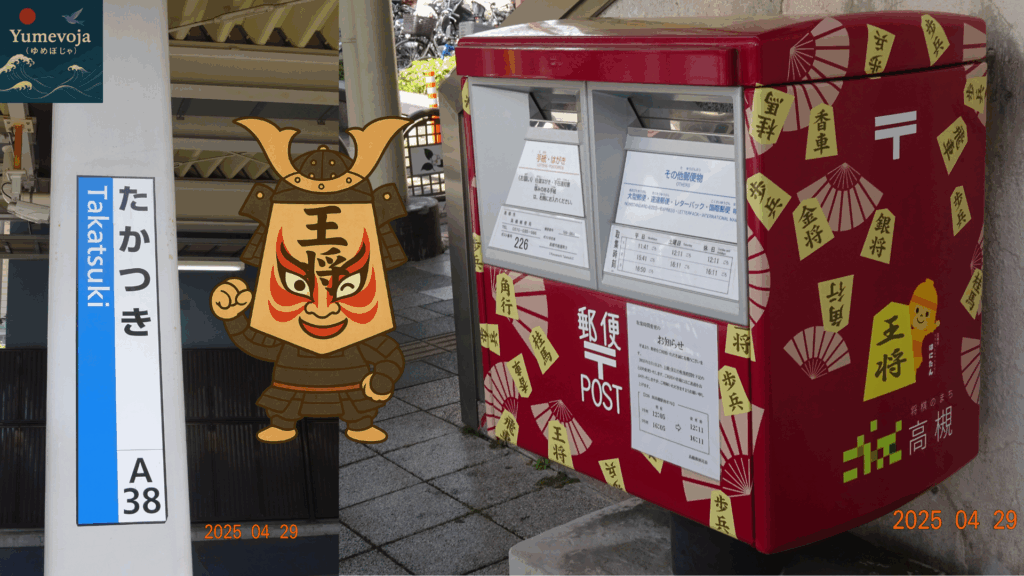
The first thing that caught my eye in front of Hankyu Takatsuki-shi Station was a bright red postbox.
Looking closer, I noticed a large shogi piece painted on it —
and then it came back to me: Right, this city is famous for shogi!
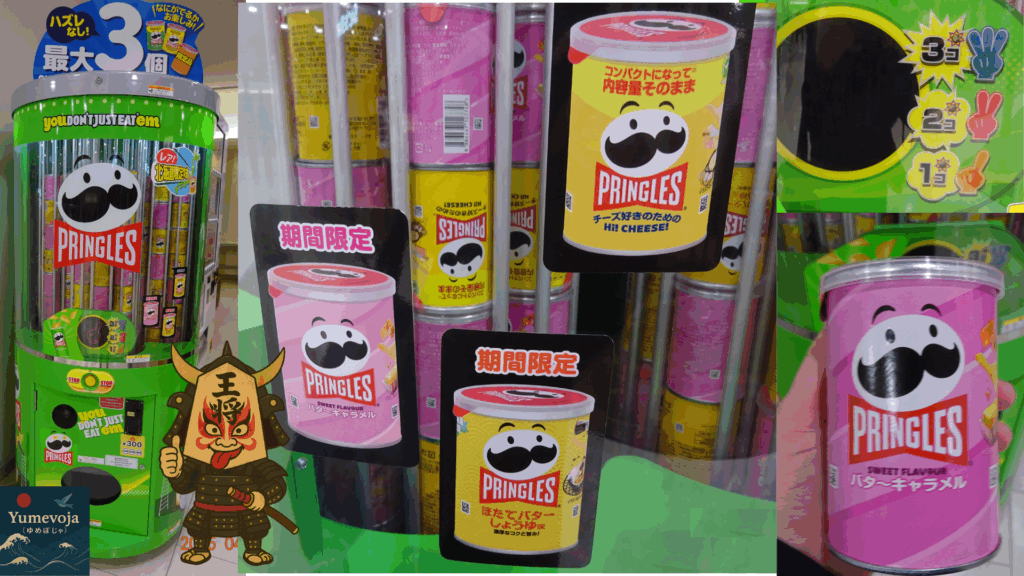
Then, just intside the Matsuzakaya department store near the station,
I stumbled upon a vending machine with a playful twist.
When you put in your money, a rock-paper-scissors game appears on the screen —
and if you win, you get extra snacks!
Unfortunately, I lost… so I only got one.
But still, that little bit of playfulness made me smile
and added a touch of fun to my journey.
🍜 An Unexpected Twist — The Udon Gyoza Place Was Closed When I Got There.
I had planned to try the local specialty, Udon Gyoza, for a late breakfast.
But when the clock struck opening time, the shutters were still down.
Thinking it might just be a delay, I asked a few locals if they knew another place.
To my surprise, one of them said,
“Udon Gyoza? I’ve never heard of it.”
At that moment, I started to wonder —
Is this dish really a local specialty?
I’d heard that Udon Gyoza was a famous local “B-class gourmet” dish,
but at that point, I started to wonder if it really existed at all.
Just when I was about to give up — thinking, “Maybe I’ll never get to try it…” —
an unexpected encounter was waiting for me.
🏯 To Takatsuki Castle Park
Half giving up on finding Udon Gyoza, I let my feet take me toward Takatsuki Castle Park.
The castle itself is long gone, but the park remains —
a peaceful place where locals stroll, children play, and life quietly continues.
It’s not a tourist spot, but that’s exactly what made it comforting.
For a while, just being there softened something inside me.


A short stroll to the Takatsuki Castle Site Museum
As I walked back toward the station from the park, cheerful music drifted through the air.
“Maybe there’s a festival at a shrine?” I thought, but I kept walking without giving it much thought.
I was about to head back, thinking there was nothing more to see,
when I suddenly noticed a sign for the Takasaki Castle Site Museum.
Since I was already nearby, I decided to stop by.
Inside was a small local museum with free admission.
The exhibits introduced the history of Takatsuki Castle and the Sengoku period in a simple but thoughtful way, showing how deeply history is rooted in this region.
It wasn’t flashy, but precisely because I stopped by in the middle of my journey, it became one of those quiet, memorable moments of learning.
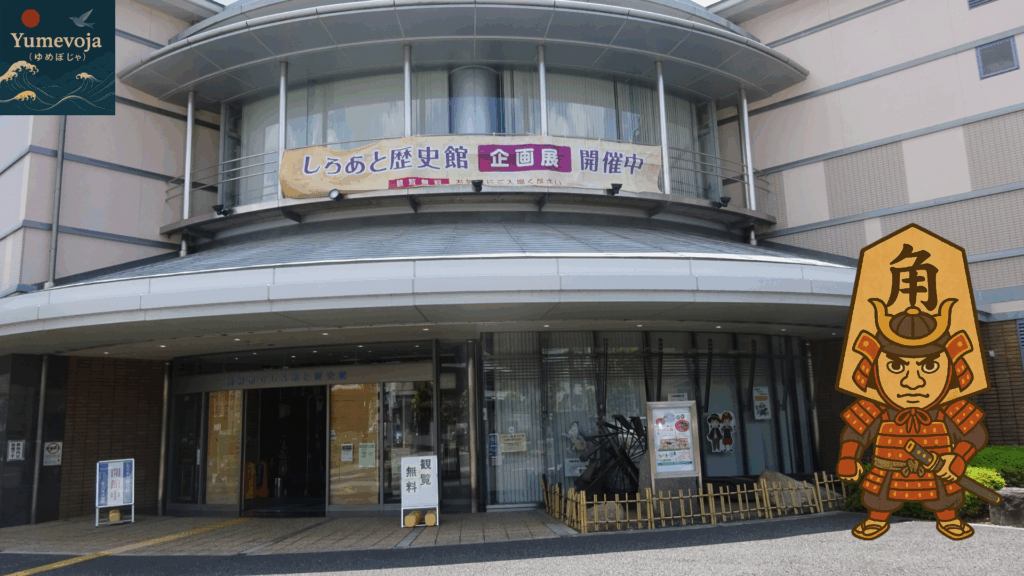

👶 An Unexpected Encounter — The Crying Sumo Ritual
After finishing my visit to the museum and starting to head back toward the station, that music suddenly came back to mind.
“Maybe I should check it out after all,” I thought — and when I followed the sound toward the shrine, an astonishing scene unfolded before me.
Families holding their babies gathered around, filling the shrine grounds with loud cries and warm laughter.
By pure chance, I had stumbled upon a traditional Japanese event — the Crying Sumo.
It is said that the louder a baby cries, the healthier they will grow.
Just being there, I could feel the warmth of family bonds and the lively spirit of the community.
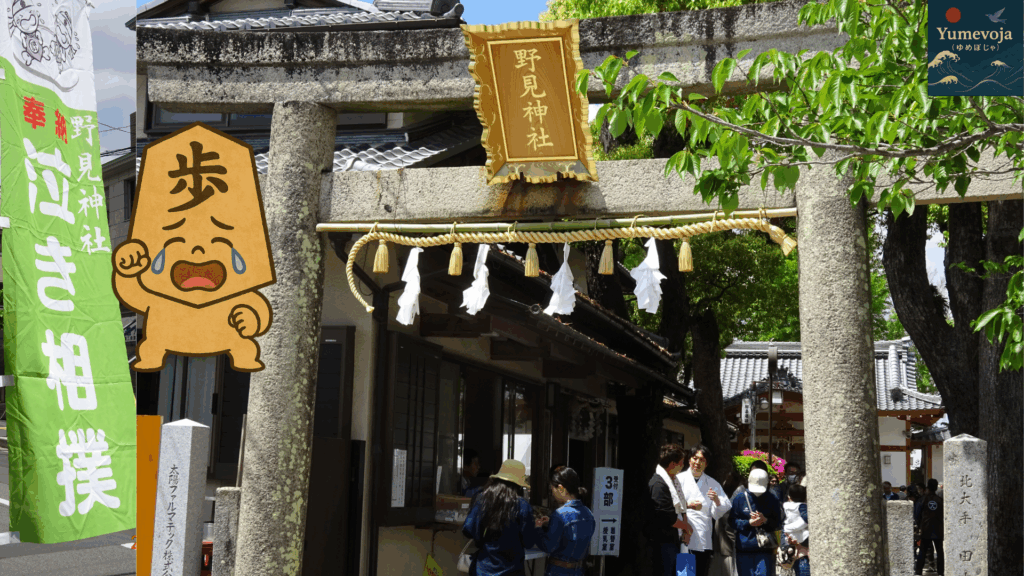
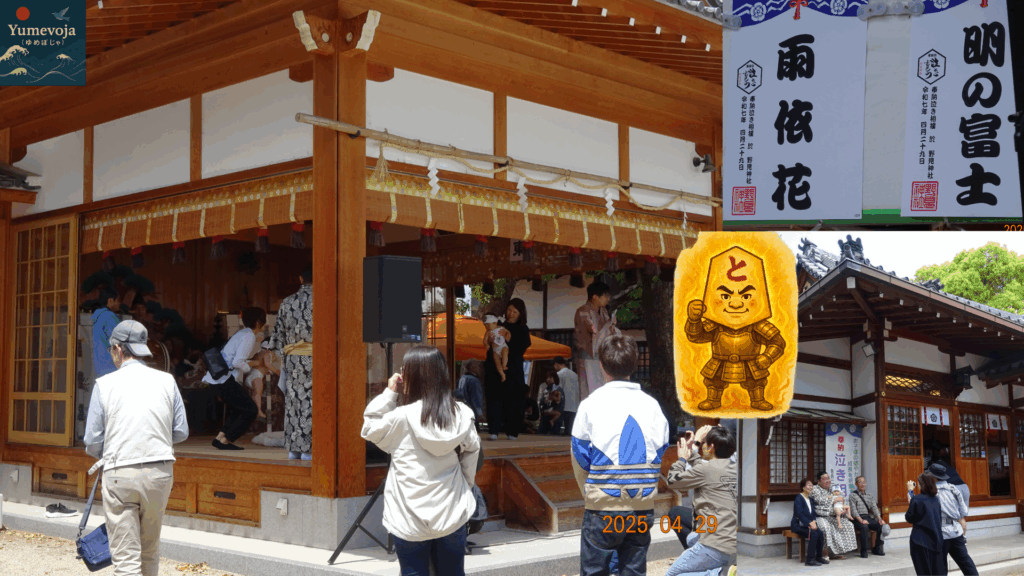
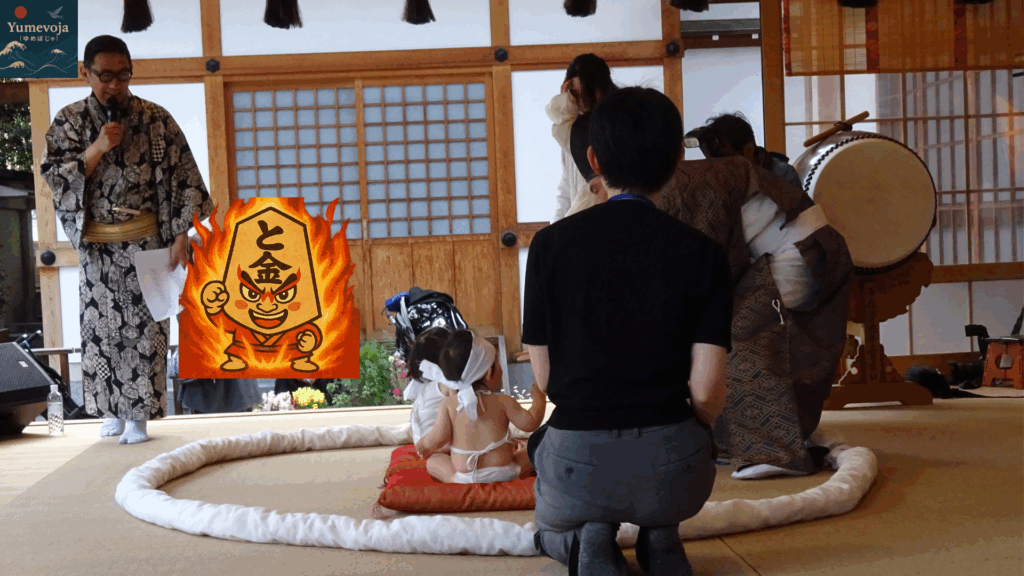
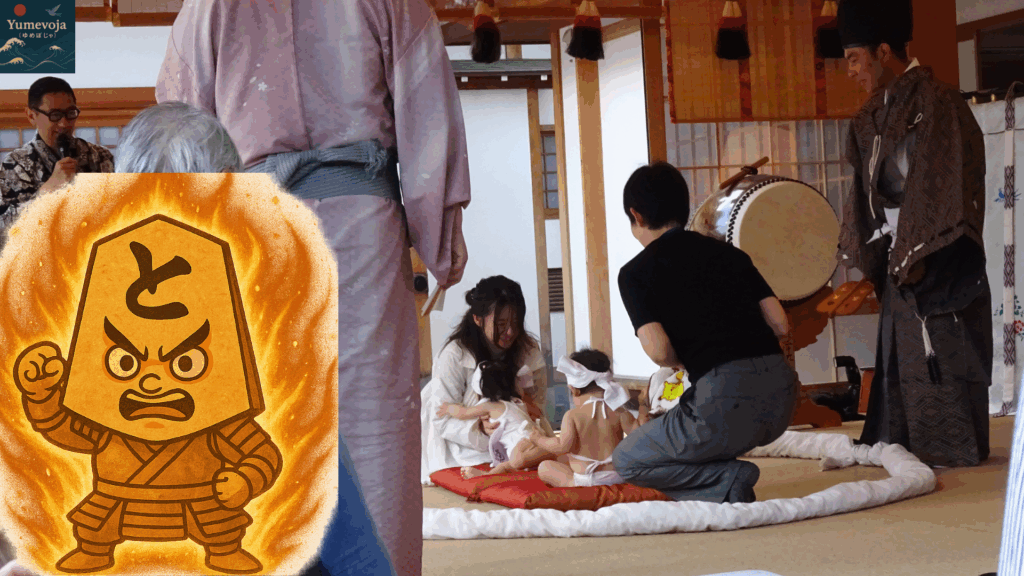
🍜 Finally Found It — Udon Gyoza
After witnessing that heartwarming, unexpected festival, I headed back to Café & Bar Marinna.
The shutters that had been closed earlier were finally open.
I finally ordered the long-awaited Udon Gyoza Set Meal (700 yen).
It was a simple yet heartfelt local dish, and the side vegetables were surprisingly delicious — they stole the spotlight from the main plate.

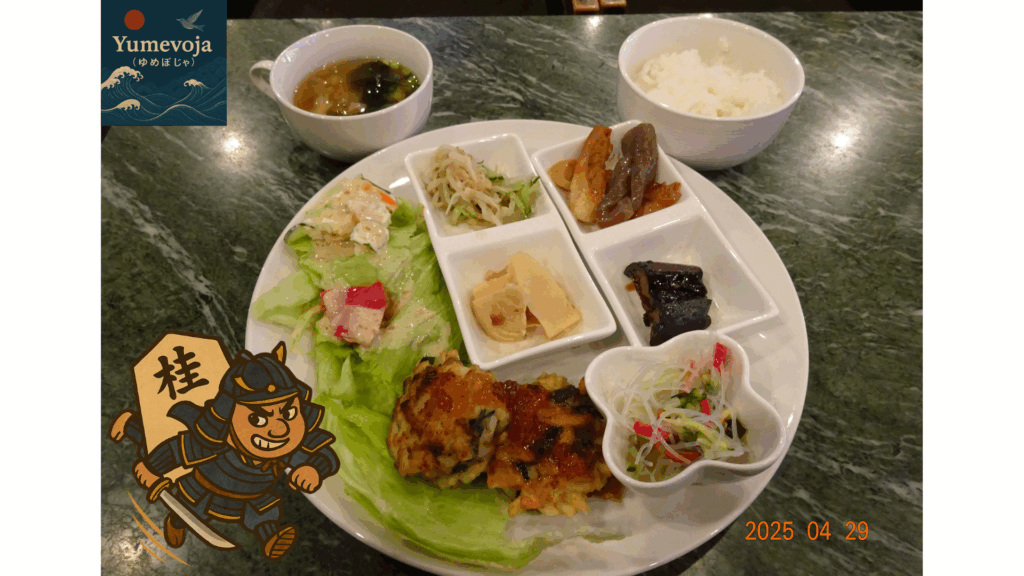
🎒 Small Serendipities That Color the Journey
The “udon gyoza” I had planned to eat seemed out of reach,
but because of that delay, I ended up wandering around the castle ruins,
stopping by the local museum,
and even witnessing the unexpected “Crying Sumo” event.
A journey rarely goes as planned — and that’s exactly why it brings unexpected encounters.
My stopover in Takatsuki was one of those moments that reminded me of the true charm of travel.
📎 Related Post
For more about the local specialty I finally found — Udon Gyoza —
Click to read more:
👉 🍵Beauty & Taste (Osaka–Kyoto) ①Takatsuki- Udon Gyoza | YUMEVOJA
📎 Articles connexes
Click to read more:
👉 🚉Stopover Journey (Osaka – Kyoto) ① / ④ Takatsuki- A Fort Walk and a Chance Encounter with the ‘Crying Sumo’ |YUMEVOJA
👉 🚉Stopover Journey (Osaka – Kyoto) ④/④ Night at the Thousand Torii Gates – YUMEVOJA

Today’s bonus capsule!
✨ Gateway to the Showa Era―Randoseru
The Showa era (1926–1989) was a time when modern technology and ideas began to transform everyday life in Japan.
🎒 Memories of Showa
In those days, every child carried the same kind of school bag — randoseru.
Boys had black, girls had red. There were no other choices.
It was heavy, and when packed with textbooks, it pressed firmly against our backs.
Even when the corners were worn and scratched, we carried the same bag for six long years.
It felt almost like a rite of passage — something that shaped our childhoods in its own quiet way.
🌈 Today’s World
Now, children can choose from a rainbow of colors and a variety of designs.
Some schools even allow students to bring any kind of bag they like.
Times have changed — we live in an age that values convenience, individuality, and diversity.
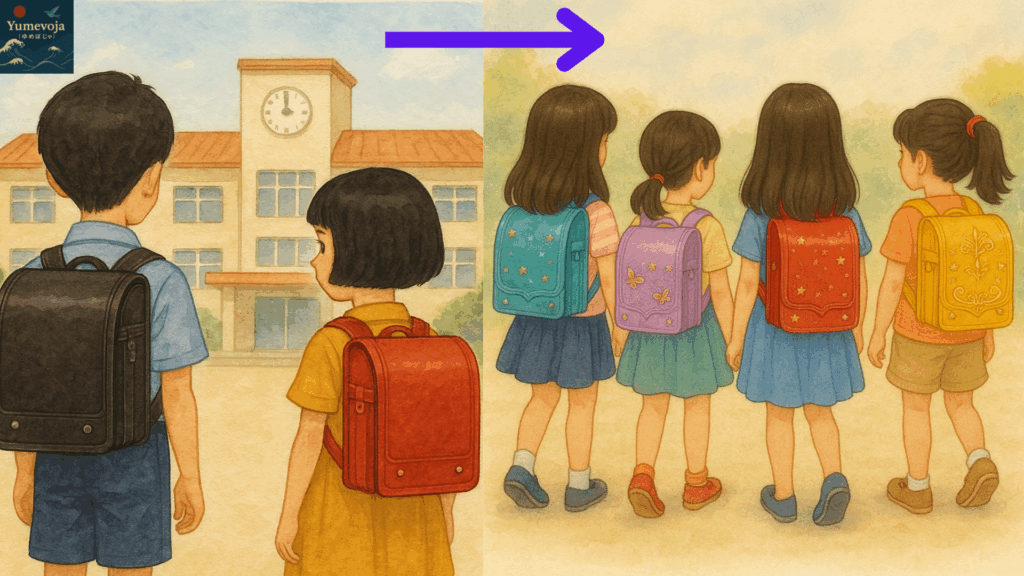
🌍 A Global Twist
What’s fascinating is how randoseru has found a new life overseas.
In some countries, women wear it as a fashion statement, calling it a cute retro backpack.
What was once a “heavy school bag” for Japanese children has become a charming piece of Japanese culture admired around the world.
💭 Reflection
It’s amazing how the meaning of one simple object can change over time and place.
For me, the randoseru carries “heavy memories,”
but for today’s children — and even for people abroad —
it has become a symbol of freedom and individuality.
Even as the world moves forward,
the randoseru remains something that lingers quietly in our hearts —
a bridge between past and present.
